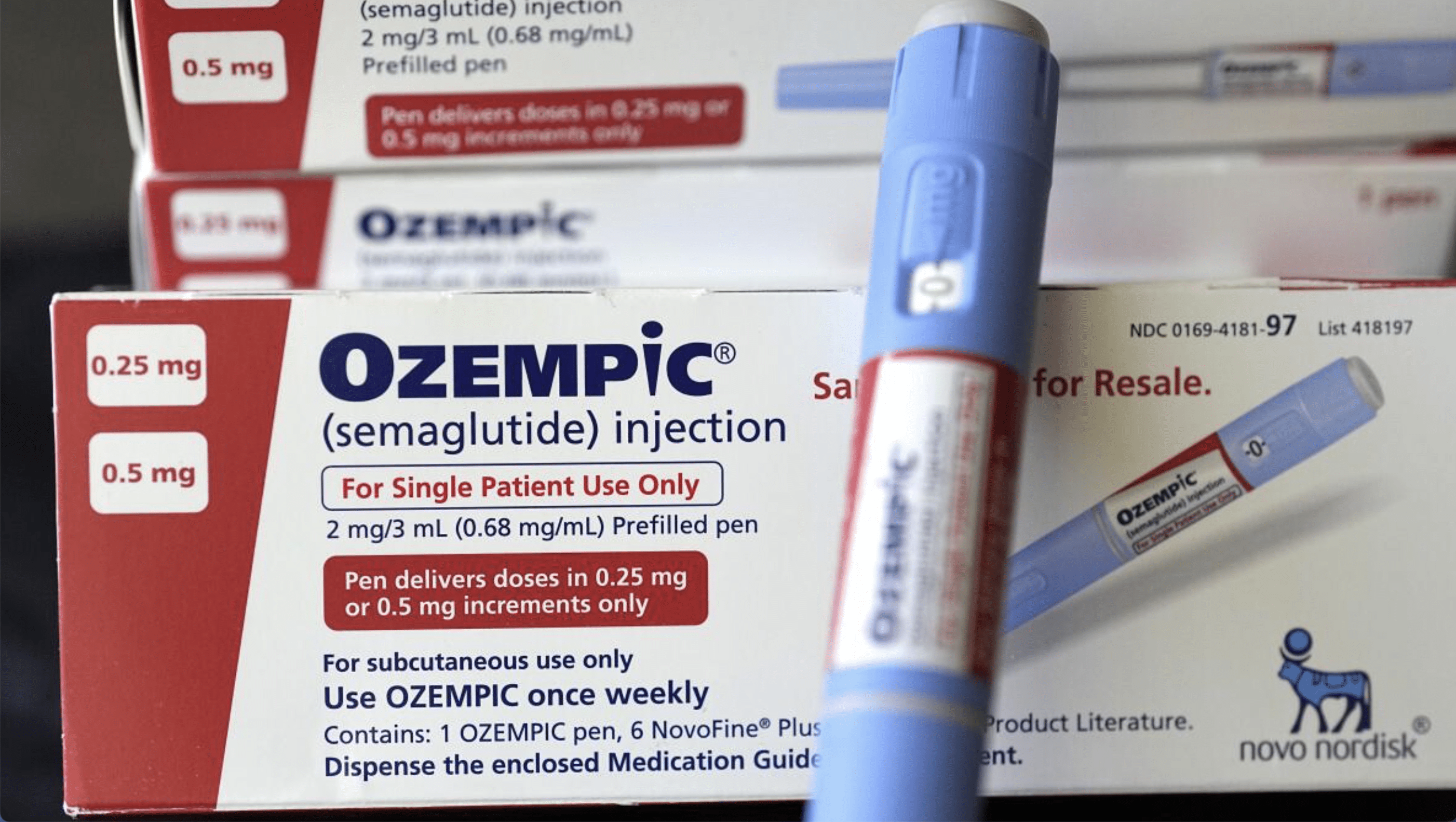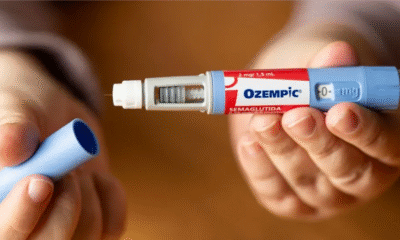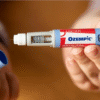Healthcare
Ozempic Faces $2 Billion in Lawsuits as Patients Report Stomach Paralysis and Vision Loss
Ozempic, along with sister drugs Wegovy and Rybelsus, belongs to the GLP-1 receptor agonist class of medications. Originally approved for diabetes, the drugs quickly became popular for weight loss thanks to their ability to suppress appetite and regulate blood sugar.
Once hailed as a breakthrough treatment for type 2 diabetes and a game-changing weight loss aid, Ozempic is now at the center of one of the biggest pharmaceutical legal battles in recent history. More than 1,800 lawsuits have already been filed in U.S. courts, with patients alleging the drug caused stomach paralysis, vision loss, gallbladder disease, and other life-altering complications. Analysts estimate manufacturer Novo Nordisk could face over $2 billion in liability as more cases continue to mount.
Why Patients Are Suing Ozempic
Ozempic, along with sister drugs Wegovy and Rybelsus, belongs to the GLP-1 receptor agonist class of medications. Originally approved for diabetes, the drugs quickly became popular for weight loss thanks to their ability to suppress appetite and regulate blood sugar.
However, lawsuits allege that Novo Nordisk failed to adequately warn patients of serious risks. Reported complications include gastroparesis (stomach paralysis), intestinal blockages, persistent vomiting, gallstones, and sudden vision loss linked to NAION (non-arteritic anterior ischemic optic neuropathy). Other claims include pancreatitis and kidney damage.
A 2023 study in JAMA Internal Medicine found a significantly higher risk of gastroparesis among GLP-1 users, while eye specialists have flagged a rise in unexplained vision loss among recent Ozempic patients. The U.S. FDA’s adverse events database has logged thousands of complaints tied to the drug.
Novo Nordisk’s Response
Novo Nordisk has denied the allegations, insisting that Ozempic is safe when used as prescribed. The company argues that all medications carry risks and that regulators have access to safety data. But critics say the off-label promotion of Ozempic for weight loss accelerated its use in ways the original safety studies did not fully cover.
The Legal Battle Ahead
The first Novo Nordisk lawsuit was filed in August 2023, and by February 2024, the cases were consolidated into a multidistrict litigation (MDL) in Pennsylvania to streamline proceedings. As of mid-2025, 1,800 cases are pending, with legal experts predicting many more will follow.
The litigation is currently in the discovery phase, with both sides gathering medical records, reviewing research, and preparing expert testimony. The first bellwether trials—test cases that set the tone for future settlements—are expected in early 2026. If juries side with patients, Novo Nordisk may be forced into a massive global settlement.
View this post on Instagram
Who Can Join the Lawsuits?
Lawyers say patients may qualify if they used Ozempic, Wegovy, Rybelsus, or Eli Lilly’s Mounjaro and later developed serious health issues such as gastroparesis, gallbladder disease, or sudden vision loss. Claims must be supported with medical records and filed within state-specific deadlines, typically one to three years.
Why This Case Matters
With damages potentially surpassing $2 billion, the Novo Nordisk Ozempic lawsuits could reshape drug safety standards, corporate accountability, and off-label prescribing practices. Experts say the outcome may influence how pharmaceutical companies disclose risks and how regulators monitor drugs that explode in popularity beyond their initial approval.
For patients, the message is clear: while GLP-1 drugs offer transformative benefits, the risks are becoming harder to ignore. As one attorney involved in the litigation put it, “This case could be a turning point in how we hold Big Pharma accountable for transparency.”







































Pingback: Is Serena Williams Normalizing 'Ozempic Style' Weight Loss Meds?
Pingback: Loophole Letting Ozempic Ads Lead Google Weight Loss Searches